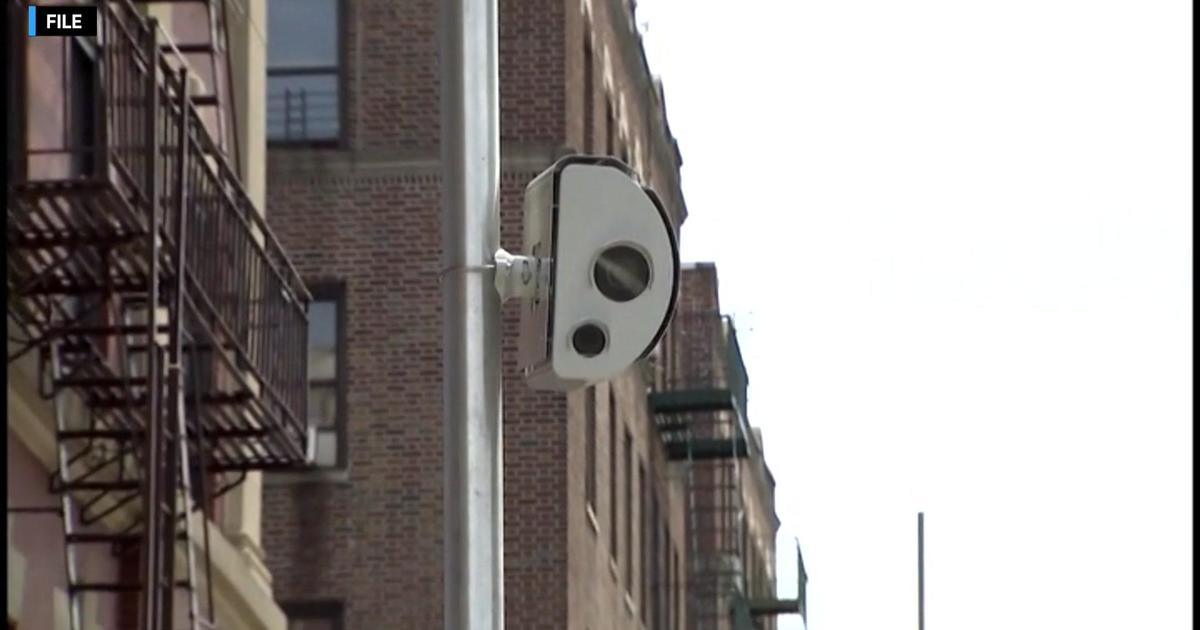WCBS 880's Alex Silverman Takes A Look Back At Central Park's Lost Village
NEW YORK(WCBS 880) -- As we walk around New York, it's easy to forget how new everything we see really is. But, at the spot where West 85th Street curves into Central Park, there's a reminder that wherever you set foot in this city, there's something that came before.
WCBS 880's Alex Silverman Takes A Look Back At Central Park's Lost Village
Today there are rolling, verdant hills dotted with playgrounds. From the 1820s through the 1850s, there were three churches here. This was the main thoroughfare of Seneca Village, a settlement of nearly three hundred people that stretched from 82nd to 87th streets along the western edge of what's now the park.
"We believe it was probably New York's first African-American free settlement," said Cynthia Copeland, a historian, adjunct professor at NYU, and member of a team that's been researching this place for more than a decade.
Most of what we know about Seneca Village has been gleaned from census records, said Copeland. Most of its residents were of African descent, but in the later years of its brief existence a number of European immigrants made their homes here as well. Life wasn't easy, but it was a far cry from the crowded, squalid conditions immigrants endured downtown.
When public sentiment started to swell for the creation of a grand park at the center of Manhattan, the village's days were numbered.
"People were saying in the popular press of the day that the people who lived in this community were basically tramps, squatters and thieves and had no rights to being here," Copeland said, "when in fact the evidence shows that they actually owned the property and deserved to be here."
Court records prove that some of the villagers put up a fight, but their fate was inevitable.
So once they were evicted, where did they go? "Good question. We really don't know where they have gone," Copeland said. There are clues. Her team has traced one family to Astoria and another to the New Jersey Palisades.
But despite their persistence, the researchers have not been able to track down a single living descendant of a Seneca Villager. The search continues.
They have found remnants of the lives that were made here. It took years to convince the Parks Department to authorize the archaeological dig undertaken in 2011, the bounty from which Copeland's team is still cataloging. "Shards of glass and pipes and things of that sort," she said. "And we were able to uncover the wall foundation of one of the houses."
Today, a small green sign is the only reminder of the lost history underfoot.
You May Also Be Interested In These Stories



